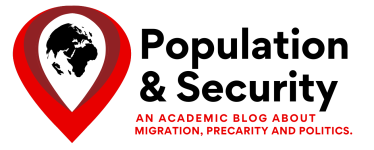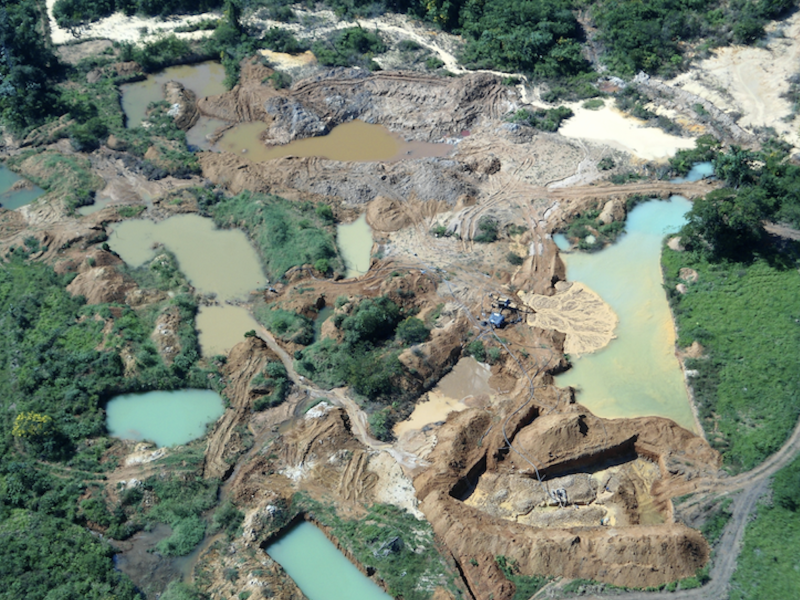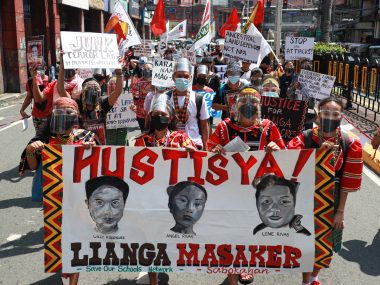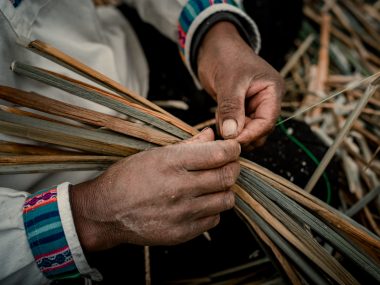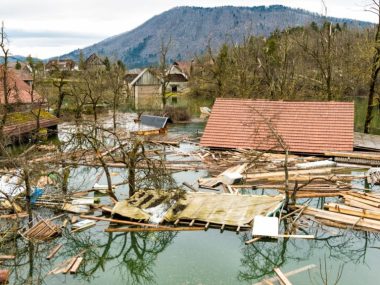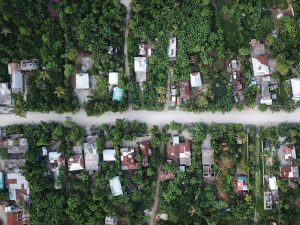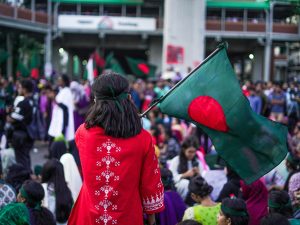Dom Phillips, a journalist writing about saving the Amazon rainforest, and Bruno Pereira, a local Indigenous expert, went missing in Brazil’s Javari Valley on June 5th, 2022, and were found dead 10 days later. Prior to this incident, the two had received multiple death threats for their activism.
The rising death toll in the Amazon shows that the region has now become a killing ground for Indigenous people and land activists. As a result, Brazil’s Indigenous people are increasingly voicing their land grievances through protests, which raises the question: what are the political implications of the recent Indigenous land protests in Brazil?
Decades of Struggle
Brazil’s Indigenous people have been struggling for decades to protect their land against the government. For example, the 1967 Figueiredo report revealed that the Indian Protection Service, a federal agency meant to protect Indigenous people, had been complicit in the robbing of Indigenous land and the genocide of Indigenous communities.
This threat has amplified as the distinction between agribusiness and state-sponsored terror on Indigenous land has blurred under the former government of Ex-president Jair Bolsonaro. Amongst the documented killings of environmental defenders in Brazil, one-third were Indigenous people and 85% of the crimes took place in the Brazilian Amazon.
The growing tension between Brazil’s Indigenous people and Bolsonaro’s right-wing government was further aggravated by the passing of the controversial land reform bill, PL 490, and the ruling on the constitutionality of the Marco Temporal.
The PL 490 was first proposed in 2007 by Brazil’s most powerful agri-business lobbyists on the basis that Indigenous communities were hindering economic developments in the Amazon. Related to this was the Marco Temporal, or “time frame” argument, which was used to oppose traditional land claims by the Xokleng Indigenous group. In a nutshell, this argument postulated that Indigenous people are only entitled to the lands they have occupied on or before October 5th, 1988, the day of the promulgation of the Brazilian Federal Constitution.
These issues have serious implications, not just for Indigenous land rights, but also for the very survival of Brazil’s Indigenous people. They can potentially affect the demarcation of Indigenous lands, hinder Indigenous land claims, and even legalize the theft of these lands, thus favouring economic interests while putting at risk Indigenous people’s land, culture, and constitutional and human rights.
Indigenous Land Rights Protests
In response to these threats, Indigenous groups in Brazil formed a coalition and organized a series of large-scale protests across the country. On August 23rd, 2021, about 6,000 people from 173 ethnic groups across Brazil joined the week-long “Struggle for Life” protest in Brazil’s capital city, Brasilia. Protestors argued that the 1988 cutoff date failed to consider that Indigenous people were forcibly expelled from their land and did not account for their years of resistance. The magnitude and timing of these events, having taken place shortly before annual nation-wide demonstrations, helped to strengthen the growing opposition against the Bolsonaro government.
A few weeks later, on September 7 (i.e. Brazil’s Independence Day), more than 300,000 people mobilized in 200 cities across the country as part of the “Fora (Out) Bolsonaro” Campaign. The protests also included the traditional “Cry for the Excluded” movement, which had been denouncing the “inequalities and the demands unfulfilled by the political power” over the last 27 years.
Building on this momentum, more than 5,000 Indigenous women from 185 Indigenous communities gathered on this occasion to celebrate the second National March of Indigenous Women in Brasilia, which was labelled “one of the most powerful mobilizations that the capital has ever seen”. Based on their manifesto, participants were marching against the demarcation of indigenous territories, the liberation of mining and lease of land, the attempt to relax environmental licensing rules, and the financed arming of rural areas.
What did the protests accomplish?
As numerous studies illustrate, coalitions between Indigenous groups and other community actors and allies tend to increase the level of mobilization, facilitate sustained collective action and often even provoke legislative change.
This is what happened in Brazil. In the short-term, the protests were able to successfully exert pressure on the opposition and influence decision-making processes, postponing the decision on the Marco Temporal. Additionally, Brazil’s environment minister, Ricardo Salles, resigned amidst criticisms of his tenure and his alleged ties to illegal timber operations.
The more long-term effects of the protests were best captured on October 31st, 2022, when Luiz Inácio Lula da Silva beat Bolsonaro in the presidential elections. Lula, a former left-wing president, had promised to stop illegal mining on indigenous reserves and recognize Indigenous land claims during his presidential campaigns. This fell in line with his track-record, as deforestation in the Amazon had fallen by more than 80% during his previous term.
In Lula’s new government, two internationally known Amazon defenders, Marina Silva and Sonia Guajajara, were named as ministers in hopes of containing the assault on Indigenous lands and the environment. The recognition of Indigenous land areas has also resumed, protecting more lands from commercial exploitation. More recently, Brazil’s Supreme Court has ruled in favor of Indigenous land rights as nine of 11 members voted against the Marco Temporal argument – a historic victory for Indigenous people in the country.
Why it Matters?
Indigenous land protests are not unique to Brazil. Elsewhere in Latin America, Peru also experienced a wave of violent protests in December 2022, as people, many from the country’s poorest and more Indigenous regions, joined forces as they pushed against the country’s political class and systemic racism. This is not surprising since Indigenous people worldwide are frontline defenders against irreversible climate change as their land accounts for about 80% of the world’s remaining biodiversity.
The successful utilization of coalition formation by Indigenous people in Brazil sets an example for effective Indigenous protest planning worldwide so that they are more effective in meeting their goals, both at a national and international levels. As various Indigenous populations worldwide face a common threat, they may wish to form transnational coalitions and plan their actions strategically so as to increase public awareness, capture greater media attention, and increase their effectiveness at shaping international public opinion and affecting policies.
